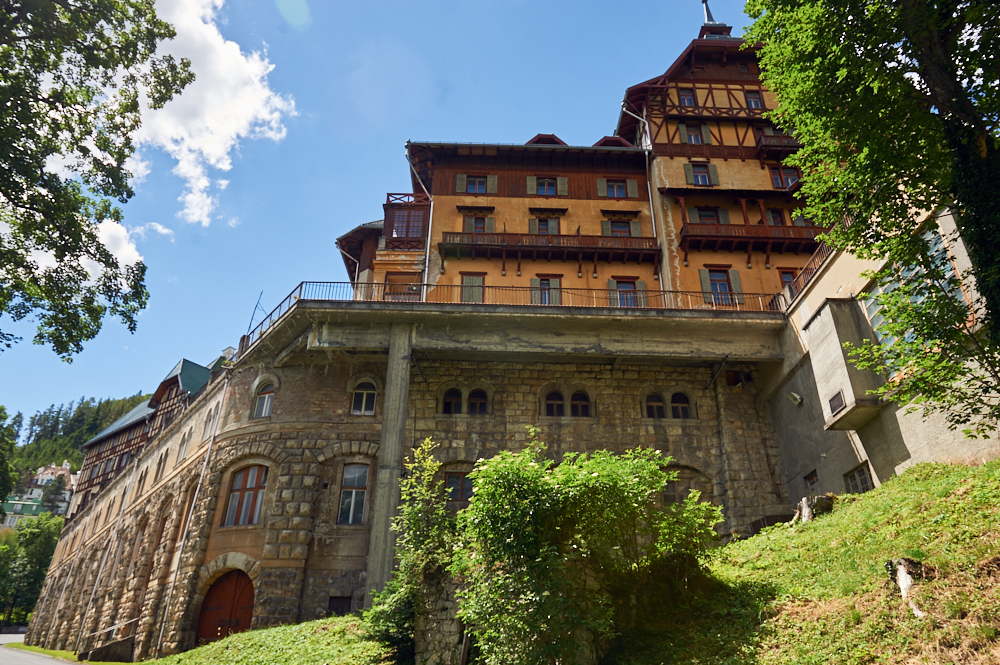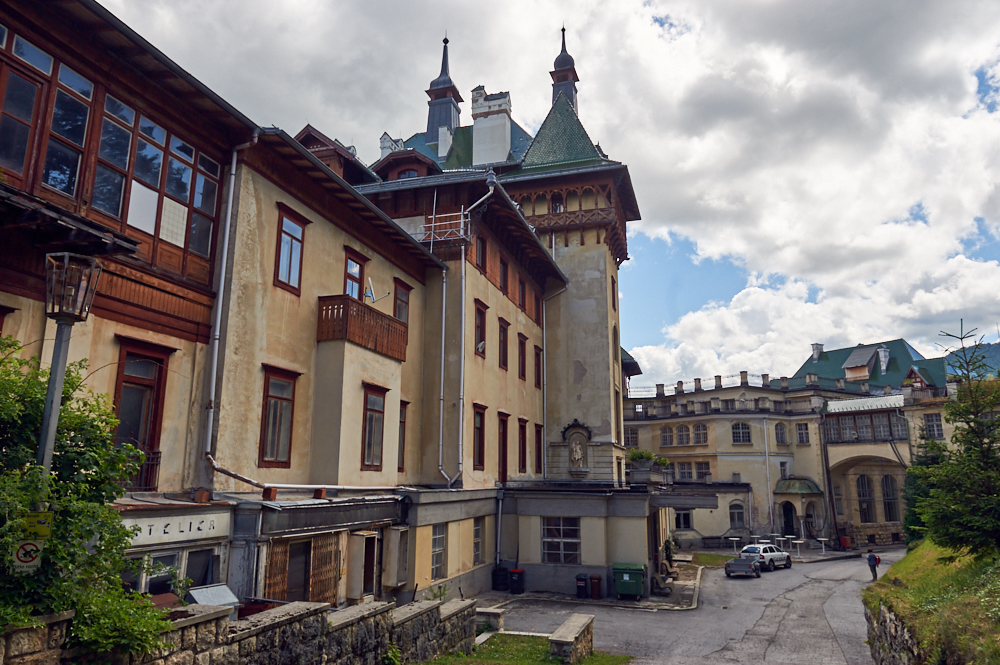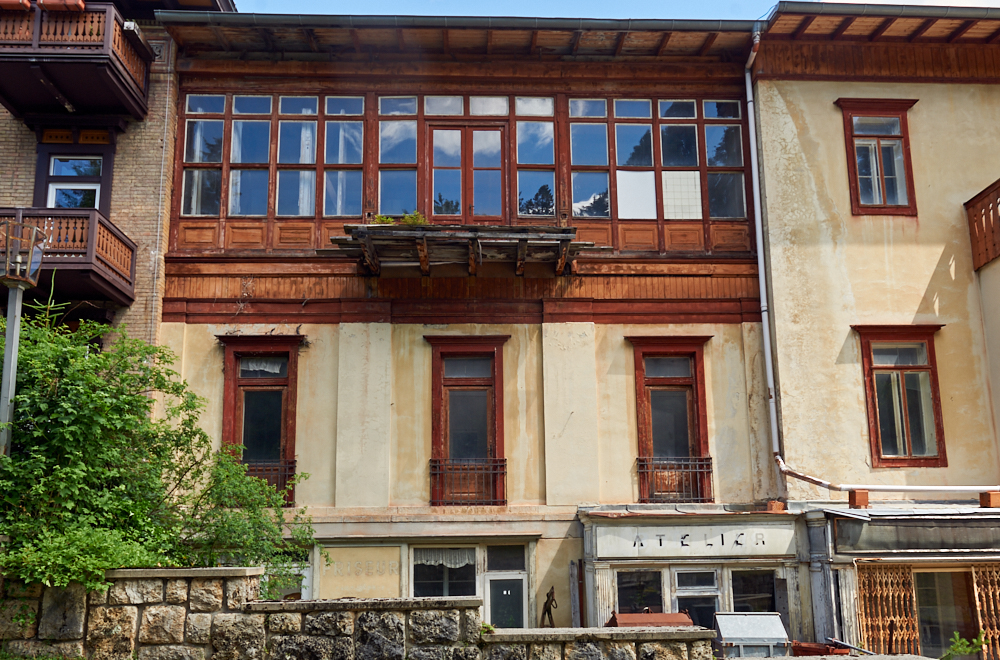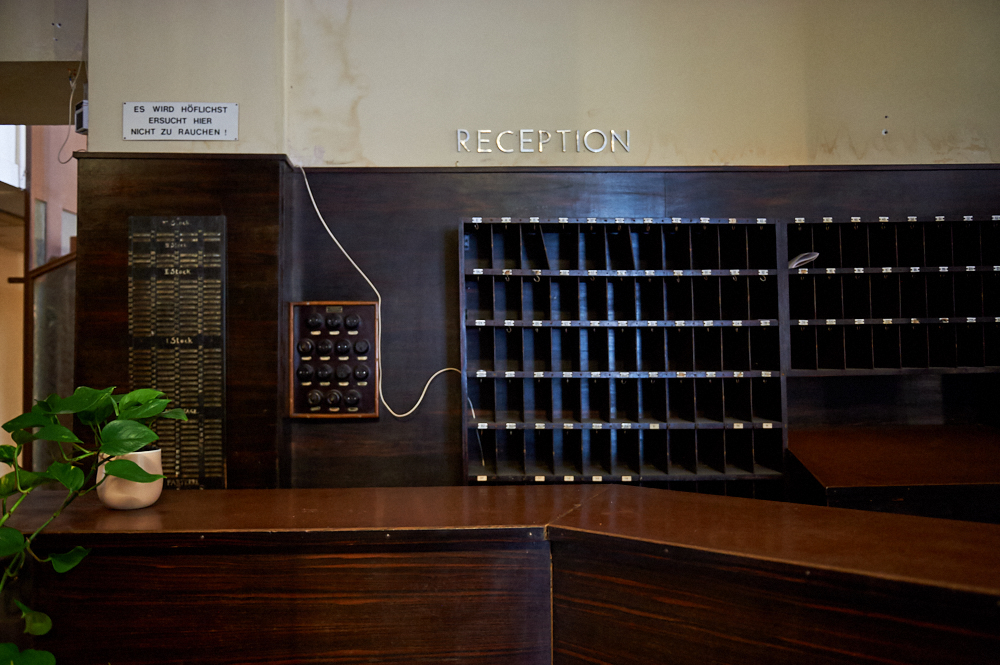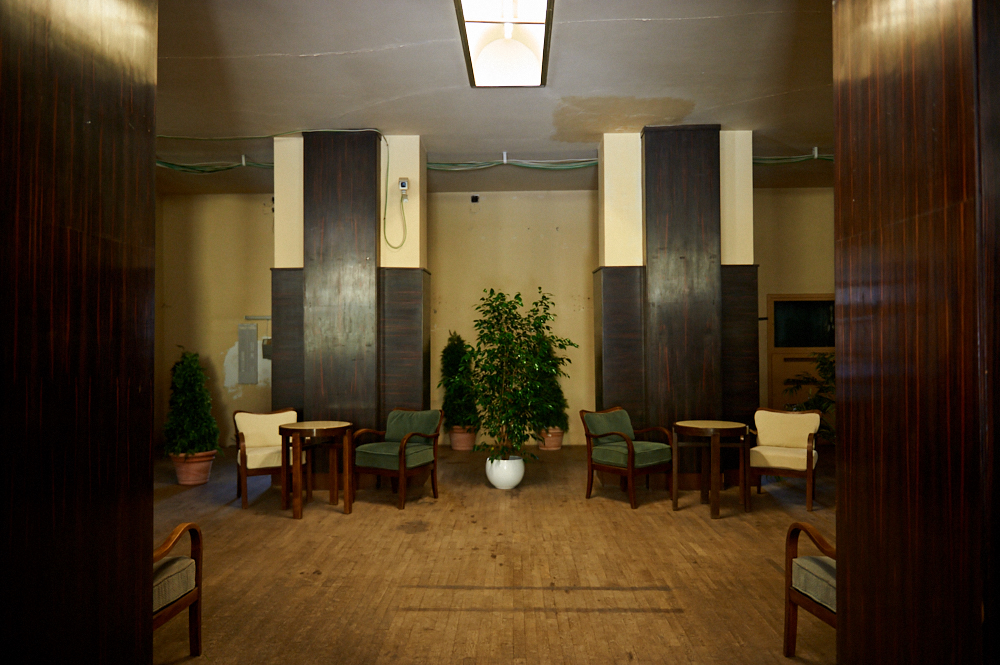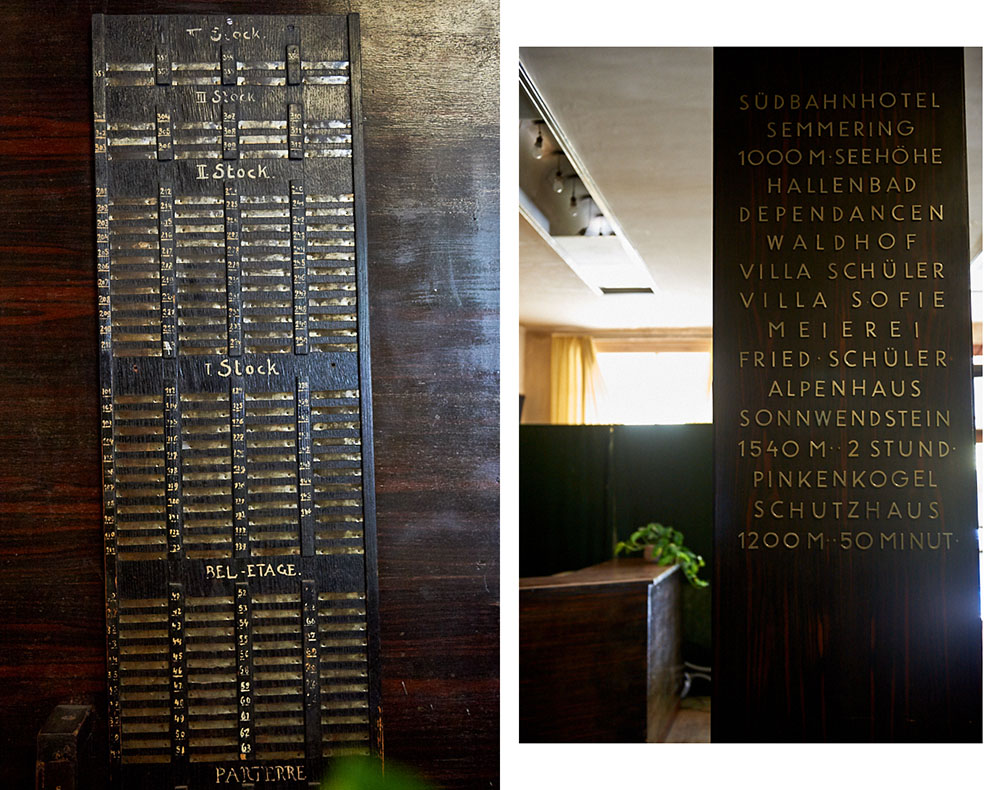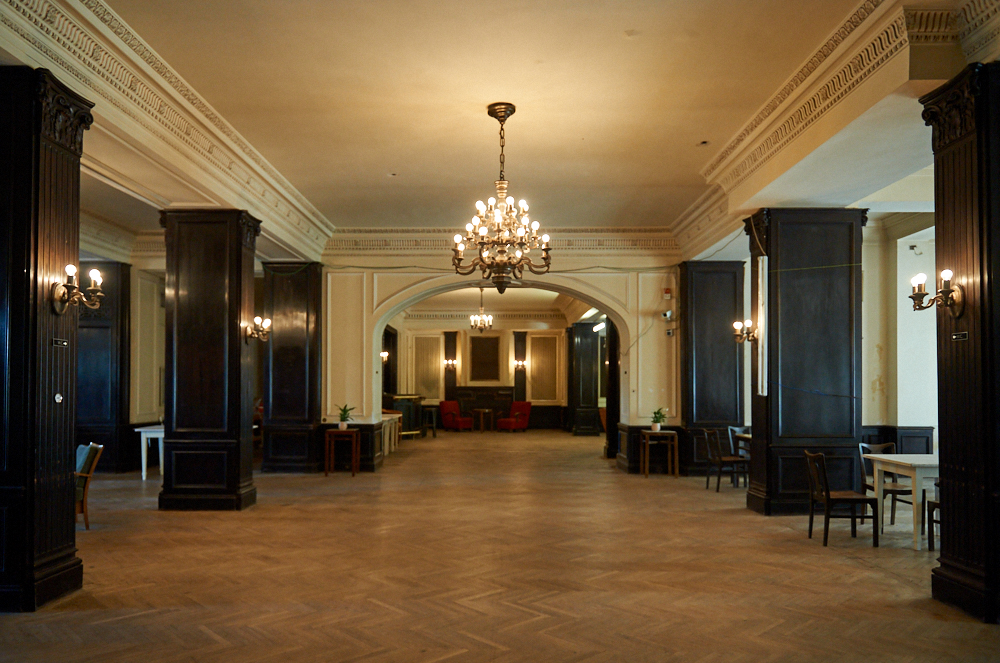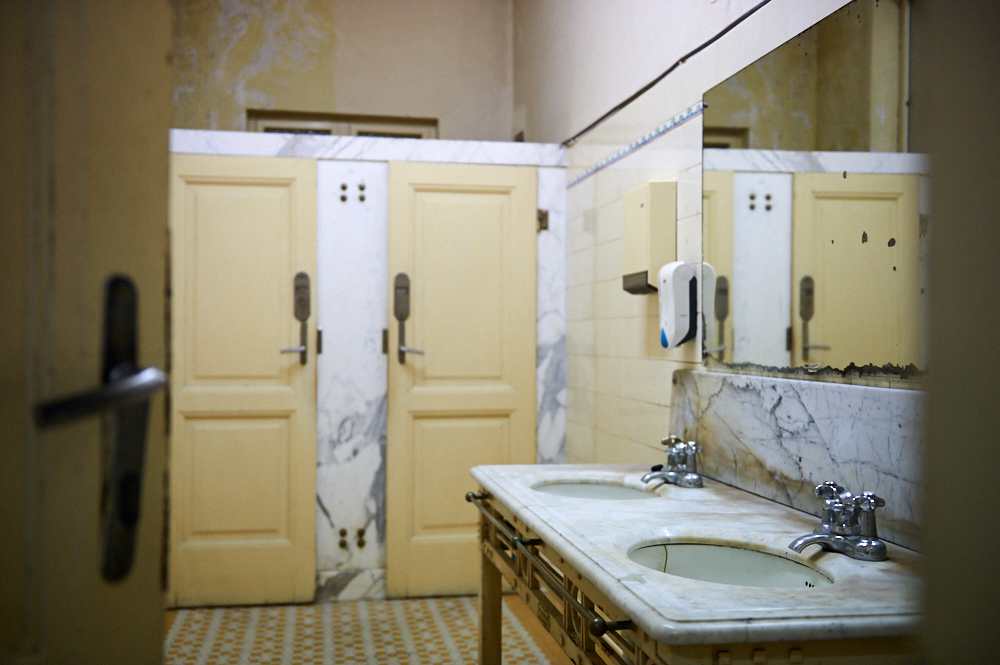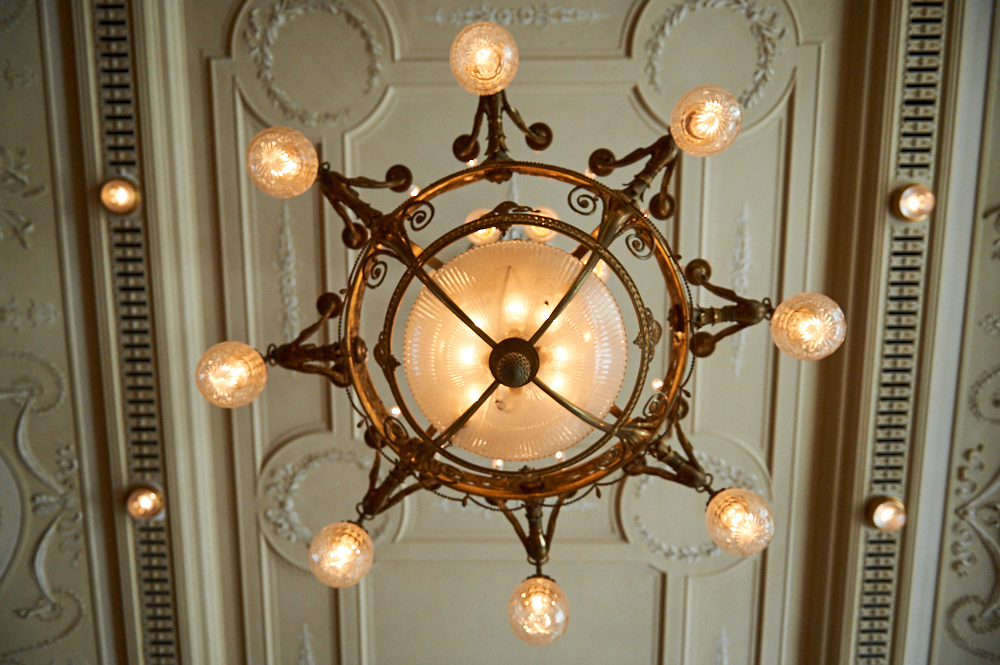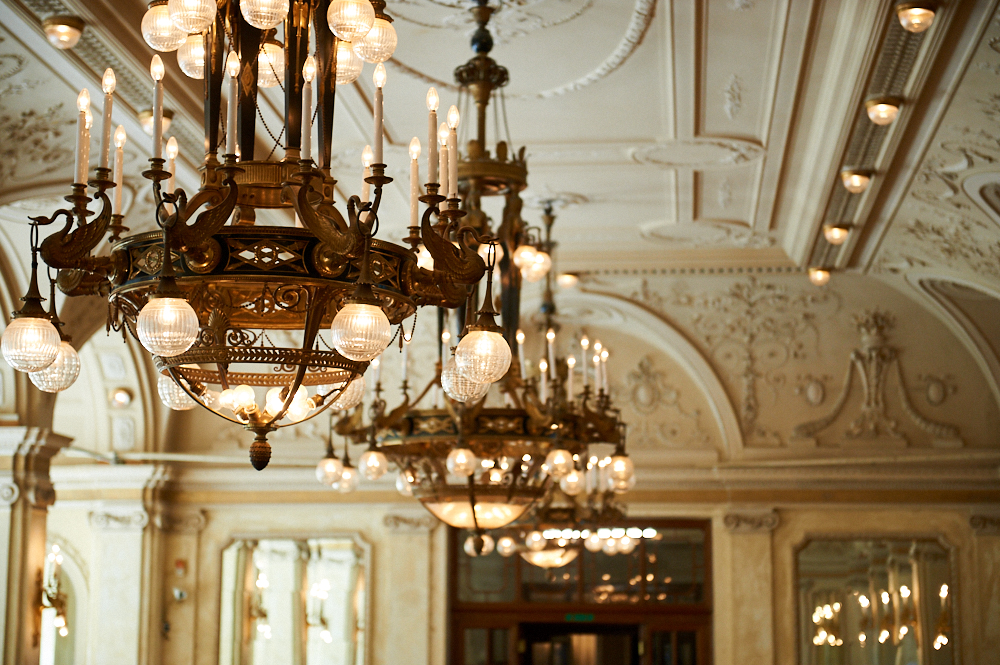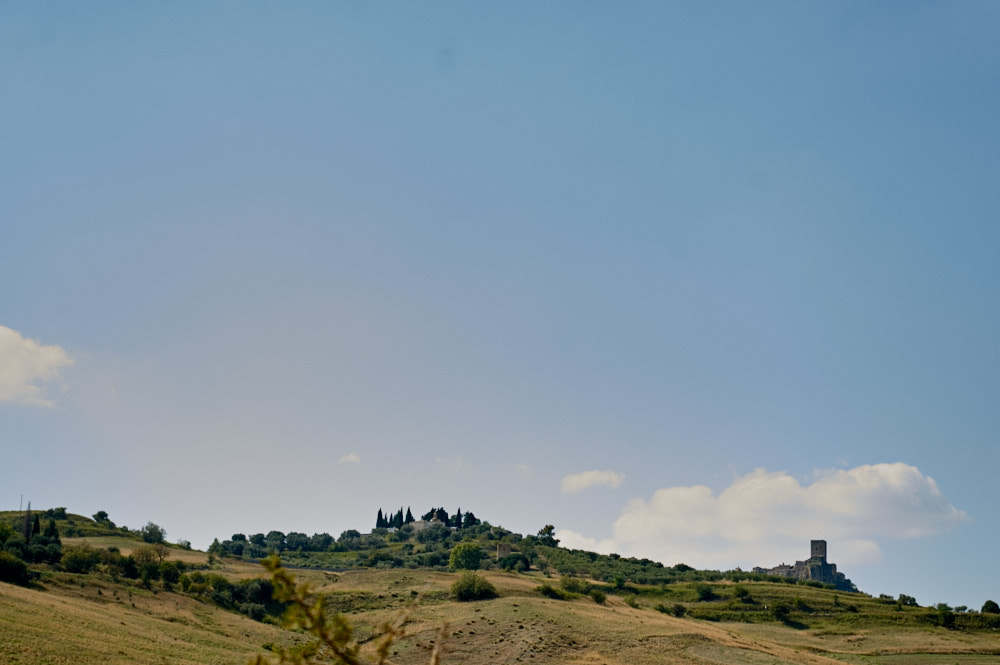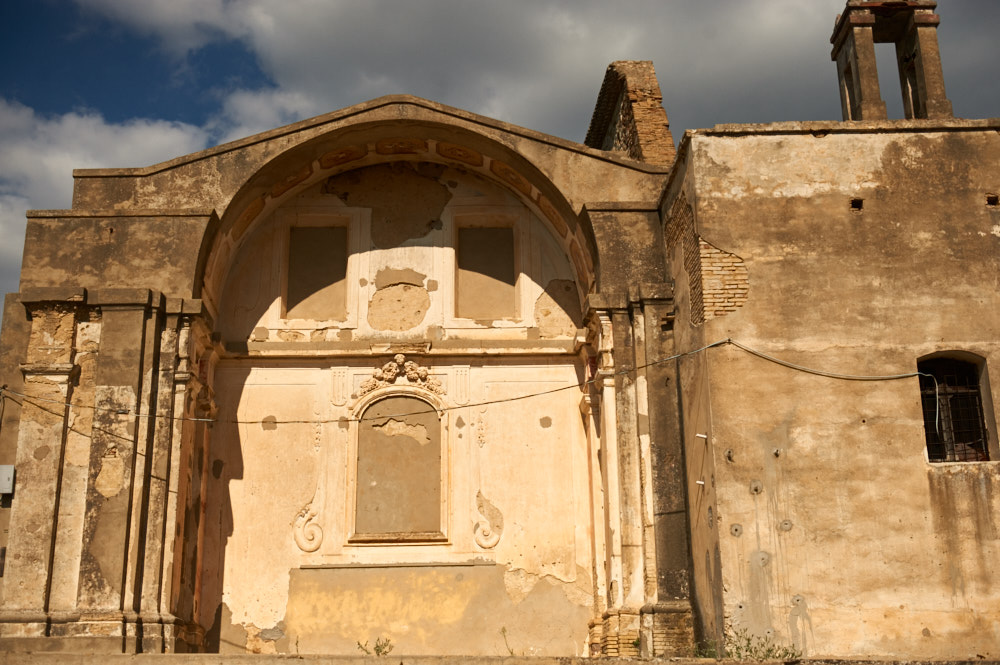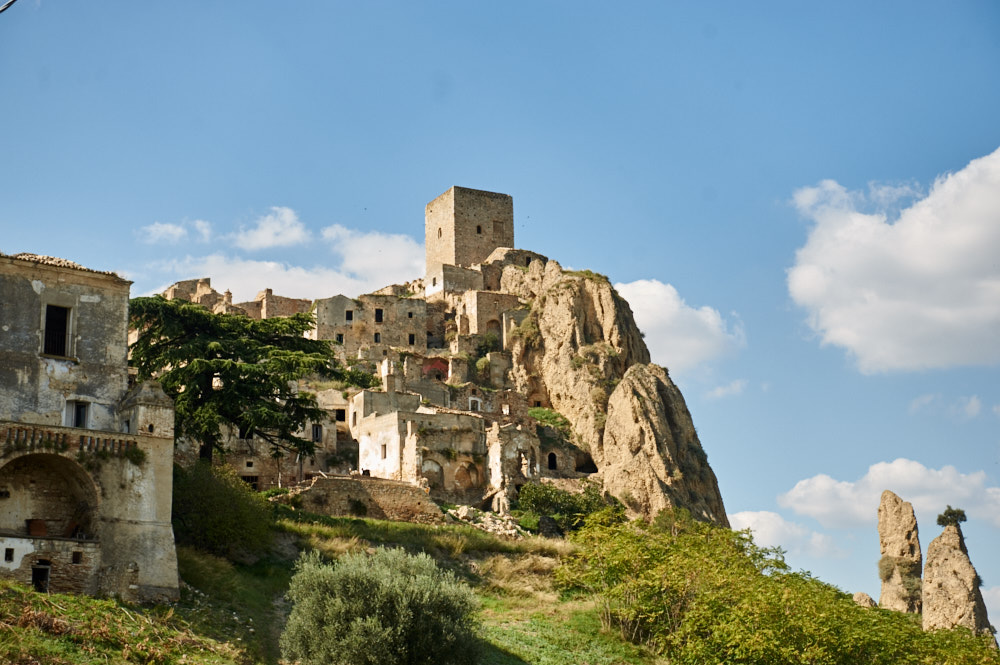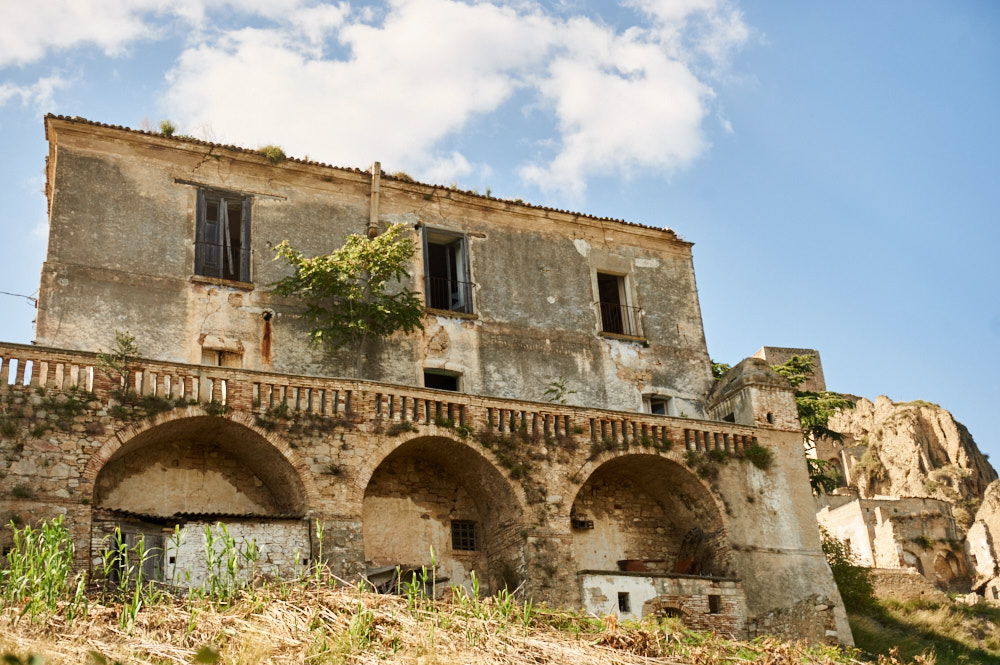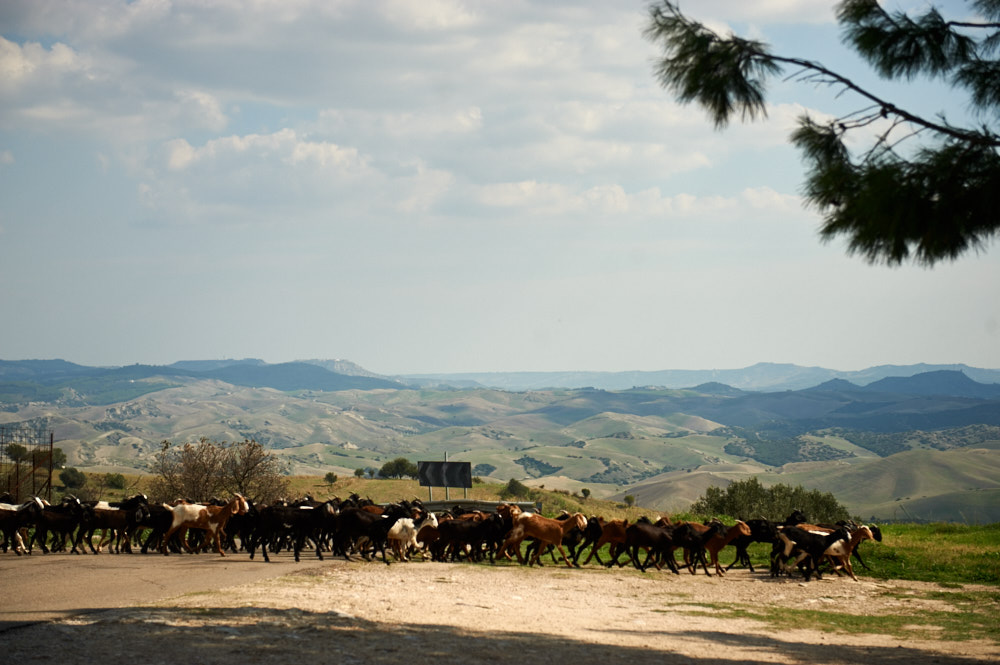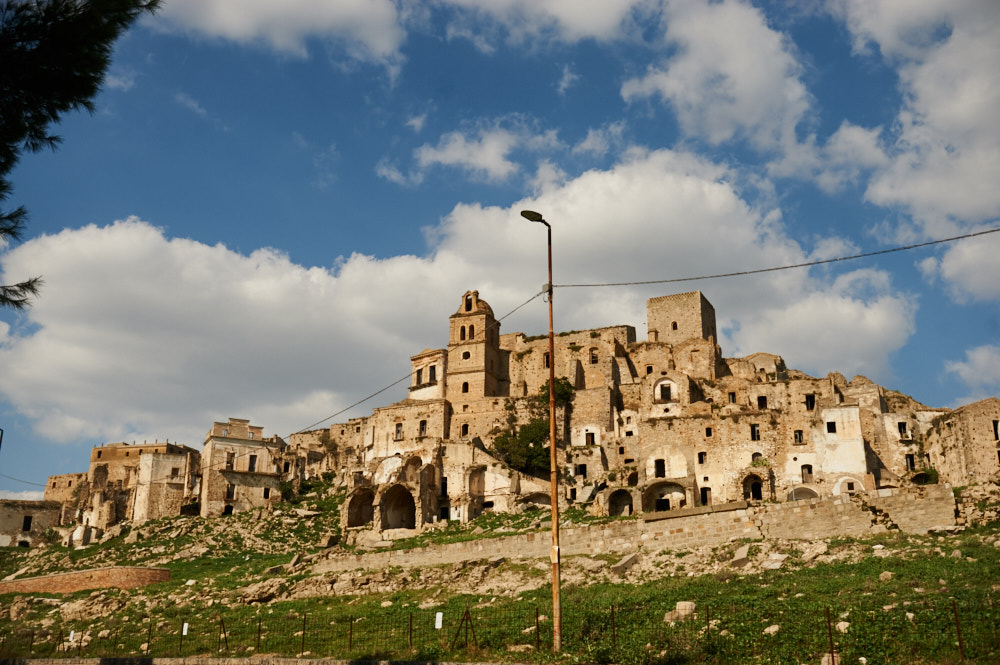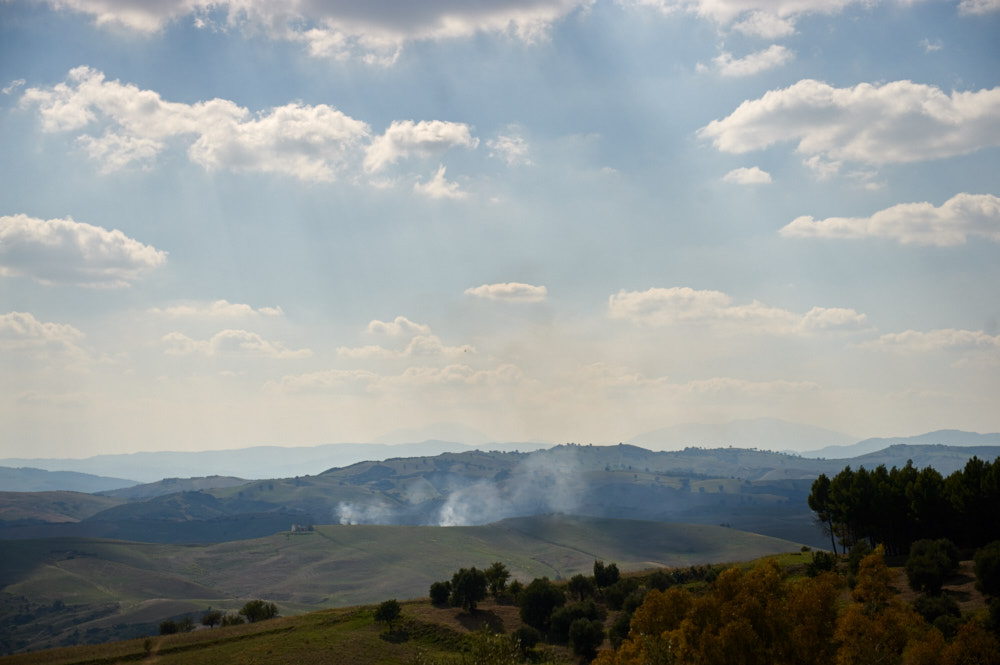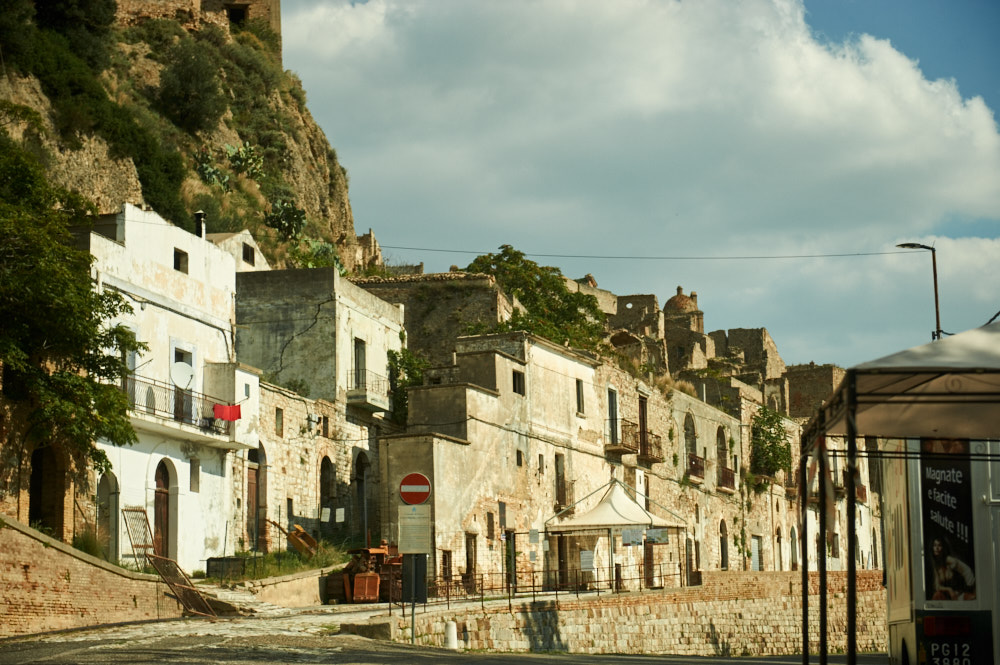Last week Kultursommer Semmering and the Instagramers Austria organised a trip to Semmering to visit the Kulturhaus, one of the venues of this years festival. I was lucky enough to get hold of the tickets and to spent one lovely day in Semmering.
“One of the venues” – when we arrived there was a lovely surprise – some days prior the owner of the Südbahnhotel decided to open it again and let the Kultursommer use it as a stage after it had been shut off for the last seven years.
Whenever I´m passing Semmering by train, I just wish to stop and explore these amazing grande hotels, that have been left alone so many years ago and finally I got a little glimpse of them!
With the “Sommerfrische” getting more and more popular and common, the need or the wish for a railway to Semmering got bigger and “16 viaducts, 15 tunnels, 129 bridges and 142 special structures” were built. Semmering became a popular health resort, which it remains to this day.
The original Suedbahnhotel Semmering (also called “Hotel Semmering” or “First Suedbahnhotel”) was the 1st Hotel am Semmering at all and was opened in 1882 at the foot of Pinkenkogel Mountain–at precisely 1000 m above sea level. The Suedbahnhotel am Semmering was one of several grand hotels along the Suedbahn route from Vienna to Triest which were commissioned in order to stimulate the tourism in the respective regions and also the Suedbahn route from the privileged K. u. k. Suedbahngesellschaft. (Südbahnhotel-Semmering)
It was a juwel of the Fin de Siècle – many artists, poets, writers, socialites and nobles stayed there:
A brief extract of prominent guests of the Suedbahnhotel:
Erzherzog Albrecht, Eduard Ritter von Engerth (Teacher, Director of galeries, Art Writer and Artist of portraits of the imperial family as well the gentry, Designer of the wall decoration of the Imperial loge in the Vienna State Opera House), Princess Maria of Greece with her family, His Royal Highness Prince and Princess Elmer von Lonyay, Graf Dubsky, Ida von Ferenczy (Sternkreuz – Orden lady and longtime confidante of Empress Elisabeth), Baron Franz Kubinsky, Prof. Dr. Sigmund Freud, Queen Maria of Rumania as well relevant artists like: Gustav Mahler (Director of the Viennese Imperial Opera House) with his wife Alma Mahler, Oskar Kokoschka, Egon Friedell, Peter Altenberg, Adolf Loos with his wife Lina, Franz Werfel, Gerhard Hauptmann, Otto Zarek, Hans von Huelsen, Adrienne Gessner (Actress at the Viennese Burg-Theatre), Kolo Moser (Co-founder of the Viennese Secession and the Wiener Werkstaette resp. Vienna’s Workshops), Karl Kraus and many many more… (Südbahnhotel-Semmering)
The First Südbahnhotel was a huge success and was soon expanded with various extentions: Waldhof (with cheaper rooms), Zweites Südbahnhotel (“Palasthotel”), a Post- and Telegraphstation, a cinema, several restaurants and pubs, an indoor pool. There were around 400 rooms in whole the complex.
The reception area was renovated in the early 1930ies and even an American Bar opened. The design was developed by Hoppe and Schönthal.
During World War II the hotel became a military hospital. Even so it opened up for business again after the war had endend its golden age was gone. At the end of the 1960ies the hotel was slowly closed down and the “First Südbahnhotel” (the oldest part) was adapted to private apartments.
The “Zweites Südbahnhotel” changed the owner some times, once it was supposed to be renovated and become a private clinic but nothing has happened so far. Thanks to a new roof the building is still in a good condition and it is waiting for someone to wake it up again.
From 2000 to 2010 the Festspiele Reichenau used the hotel as a venue, after that it was closed down until two weeks ago, when the current owner decided to let the Kultursommer Semmering use for this years festival.
And what an amazing place it is:
Visit Kultursommer Semmering to find out more about the events.
Thanks for having us, hopefully we´ll be able to explore more of this amazing place some other time!
Visit thepresse.com for some historic images!




